New Recon Fly Rods from Orvis
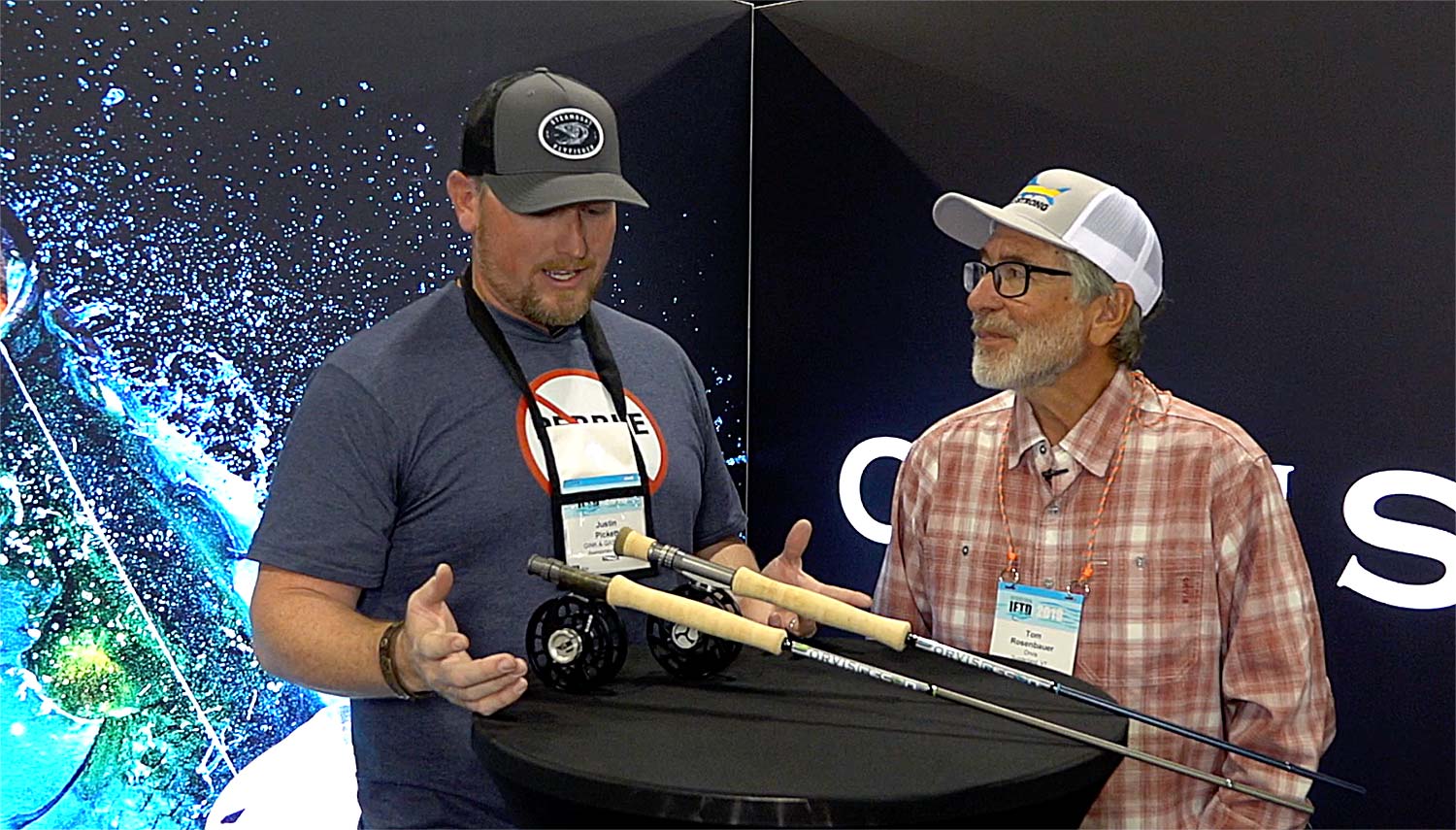
The awesome Recon rod line is back, new and improved.
The Recon rods from Orvis have always been an incredible bargain. Truly a premium fly rod at a budget price. The new Recons are all new with updated materials and tapers, increased hoop strength and straighter tracking.
CHECK OUT THIS VIDEO AND TOM ROSENBAUER WILL TELL YOU ALL ABOUT THE NEW RECON FLY RODS FROM ORVIS.
Read More »Forget The Wind: Tips for Fly Casting in the Wind
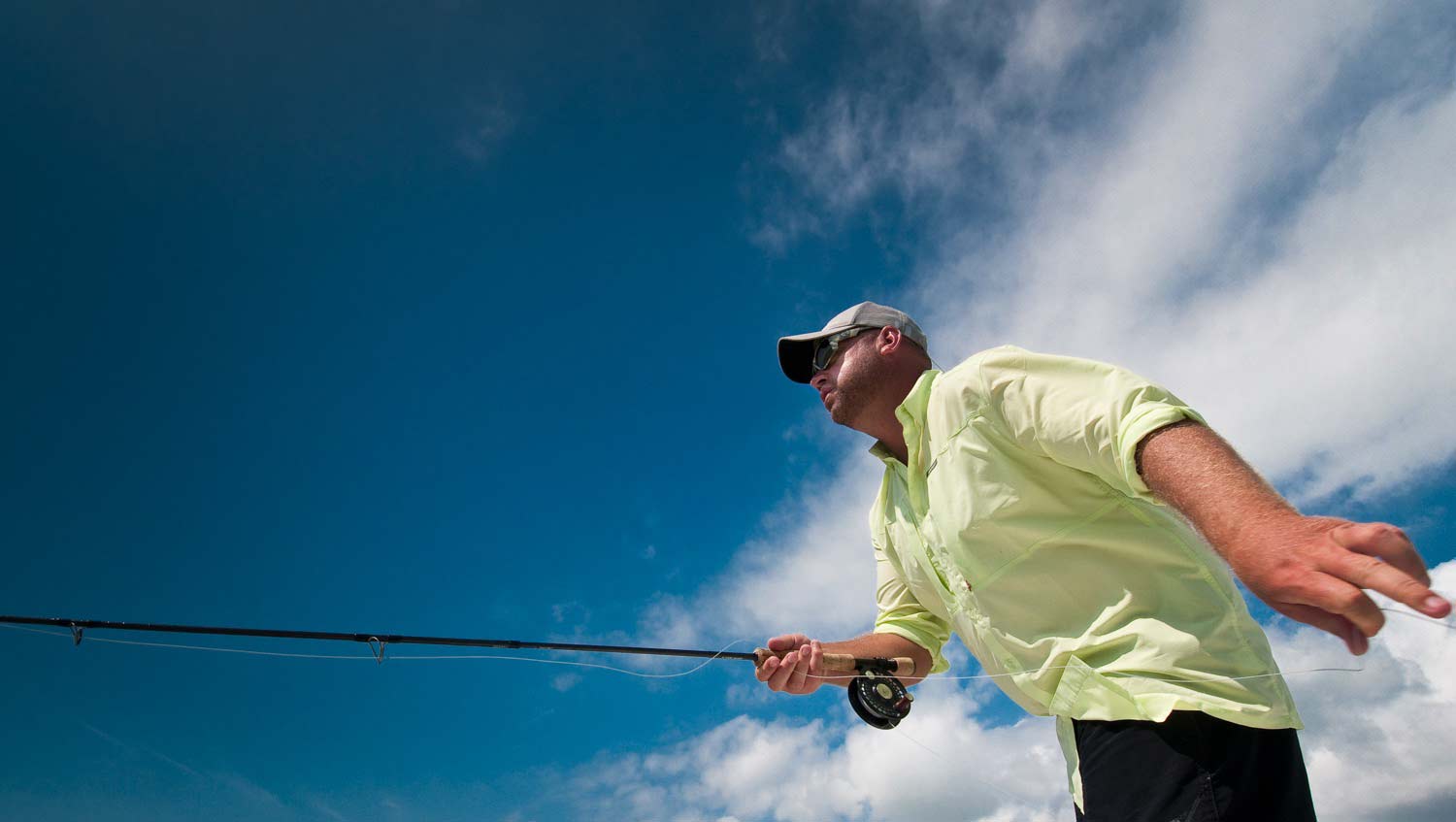
By Louis Cahill
Fly casting in the wind is just fly casting…in the wind.
“Ok, so I’m in my ready position, and the wind is blowing on my right side…”
The question came from an angler at this year’s January Bonefish School. I didn’t need to hear any more of it.
“I’ll stop you right there,” I replied, “The answer is, stop thinking about the wind.”
I vividly remember being in that mindset. Freaked out about the wind, overthinking stuff that had nothing to do with getting the fly in front of the fish, rushing my cast and melting down on the bow. It’s a terrible feeling. I see other anglers give up completely, either on the bow or back at the lodge with a book. The fact is, is you are going to fish saltwater, you’re going to have to cast in the wind and the sooner you make piece with it, the more fish you’ll catch.
I get asked all the time how to cast in the wind. Maybe more than I get asked anything else. Here’s the answer. There’s a secret to casting a fly rod in the wind. From the looks I get when I tell folks, I’m guessing it’s a well kept secret. The secret is, you cast exactly like you cast when there’s no wind.
The techniques for casting a fly in the wind are exactly the same as casting on a calm day. The difference is that the wind does not forgive poor technique. Sure, there are some helpful tricks you can use, like a Belgian Cast when the wind is off your casting shoulder, but that’s specialized stuff and if you are struggling with the wind, it isn’t really an answer. If you are struggling with the fundamentals of the cast, advanced technique you haven’t practiced is’t going to help any more than striking a Bruce Lee pose in a bar fight. You’re likely just going to get your ass kicked extra hard.
The most helpful thing you can do on a windy day is forget about the wind.
For most anglers the problem isn’t that they don’t know how to cast in the wind, but when the wind blows, they forget hoe to cast. This is the voice of experience. I was in that camp for years. I remember when the light finally turned on. It was a revelation. Casting in the wind is just casting without losing your composure.
Disclaimer: If you don’t understand the fundamentals of the fly cast, well, you need to. You can’t Zen away ignorance. Start with The 5 Essentials Of A Good Fly Cast Revisited, and practice. For those of you who can make a nice cast when it’s calm but fall apart in the wind, here are some practice tips.
SOME DOS AND DON’TS FORECASTING IN THE WIND.
Don’t rush your cast
Most angler try to generate line speed in the wind by casting harder. Usually the first thing to suffer, or disappear all together, is the pause at the end of the stroke. Your fly line is weighted to load the rod. If you don’t let it straighten out, you can’t get a good load and you have no power in the cast.
Don’t drop your rod tip
The other effect of casting harder is usually dropping the rod tip. In an effort to make a longer stroke the rod tip comes off a straight line path, causing the line to crash down on the water and the leader to pile up.
Stop the rod hard and high
The stop at the end of the stroke is what forms the loop. Stopping the rod high and hard makes a tight energized loop that cuts the wind.
Keep the rod in the stopped position
Most anglers drop the rod too early on their presentation. In general,
Read More »My Grandfather’s Clinch Knot
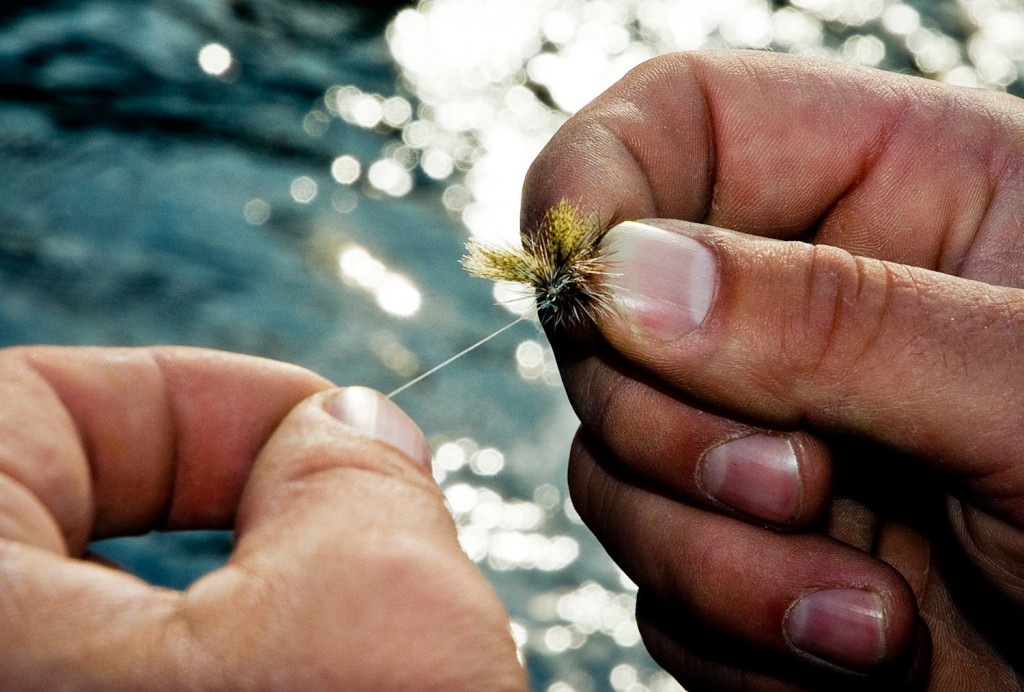
DO YOU THINK ABOUT TYING YOUR SHOES, BRUSHING YOUR TEETH, PUTTING ON YOUR SHIRT?
I’ll bet I’ve tied the Improved Clinch Knot more times than I’ve done any of those things. But I like to think that I pay more attention to my fishing knots than I do the knot in my shoe laces. When a long standing friend got into fly fishing and I started taking him out to show off a few of my favorite spots he was eager to learn everything about it. Including, of course, knots. Knots are one of those things that are handed down through oral tradition. These days you can go to YouTube and learn to tie any knot you want, but that’s not how I learned. Like most folks who have been fishing for a while I learned my knots from the guys I fished with, most importantly, my Grandfather. So when my friend Michael saw me tie my clinch knot, he saw me tie it the way my Grandfather had taught me. When I was done, he quizzed me, “how many wraps did you do?” “Six” I answered. “shouldn’t it be seven?”, he asked. “I’ve always done six” I replied “but I suppose seven is fine”. He was insistent, “the guy at the fly shop told me it has to be exactly seven”.
There is an awful lot of superstition in fly fishing, but some things do matter and it got me wondering. I told the story to my buddy Dan who is a notorious big fish magnet. Before I could even ask him for his opinion he said, “well you can tell him five works just fine too”. Five? I admit I was a little surprised. If Dan was landing his fish on five wraps why was I wasting time doing six? I tried and I was just not able to tie a clinch knot with five wraps. It just made me nervous. Why?
Read More »Careful Where You Point That Thing
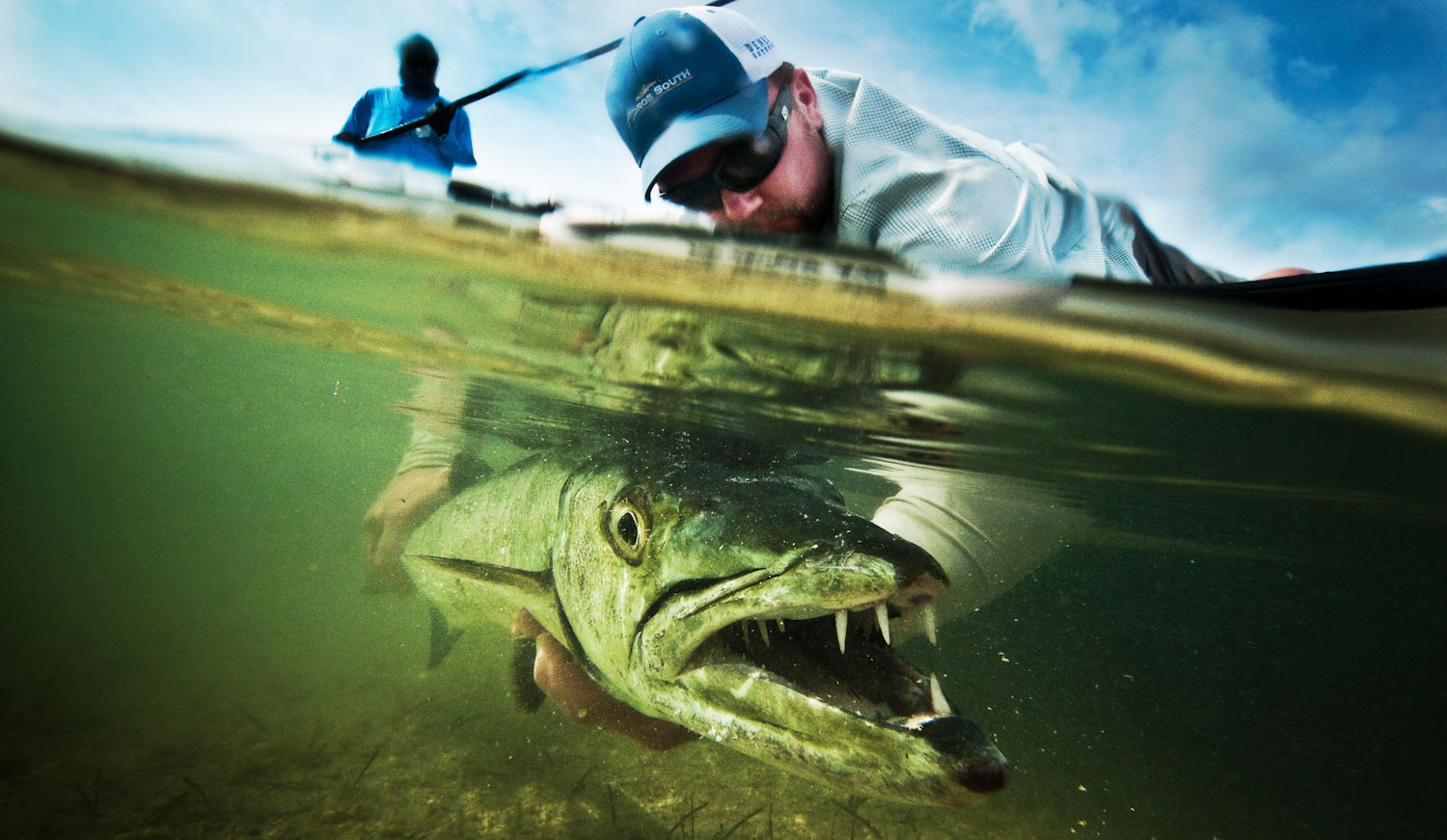
TOOTHY AND GENERALLY ILL TEMPERED, BARRACUDA ARE A BLAST TO CATCH ON THE FLY.
Their vicious attack is almost unbelievable to watch. My buddy Andrew Bennett holds a nice one here for a sub-surface hero shot.
The Bahamians eat them. Barracuda are generally not edible because they eat poisonous reef fish and store the toxins. Eating one in the Florida Keys will kill you. The cuda that live on the flats can be safe, but it’s a risk. The Bahamians have a test.
Read More »New Zero Sweep Packs and Boat Bags from Umpqua: Video
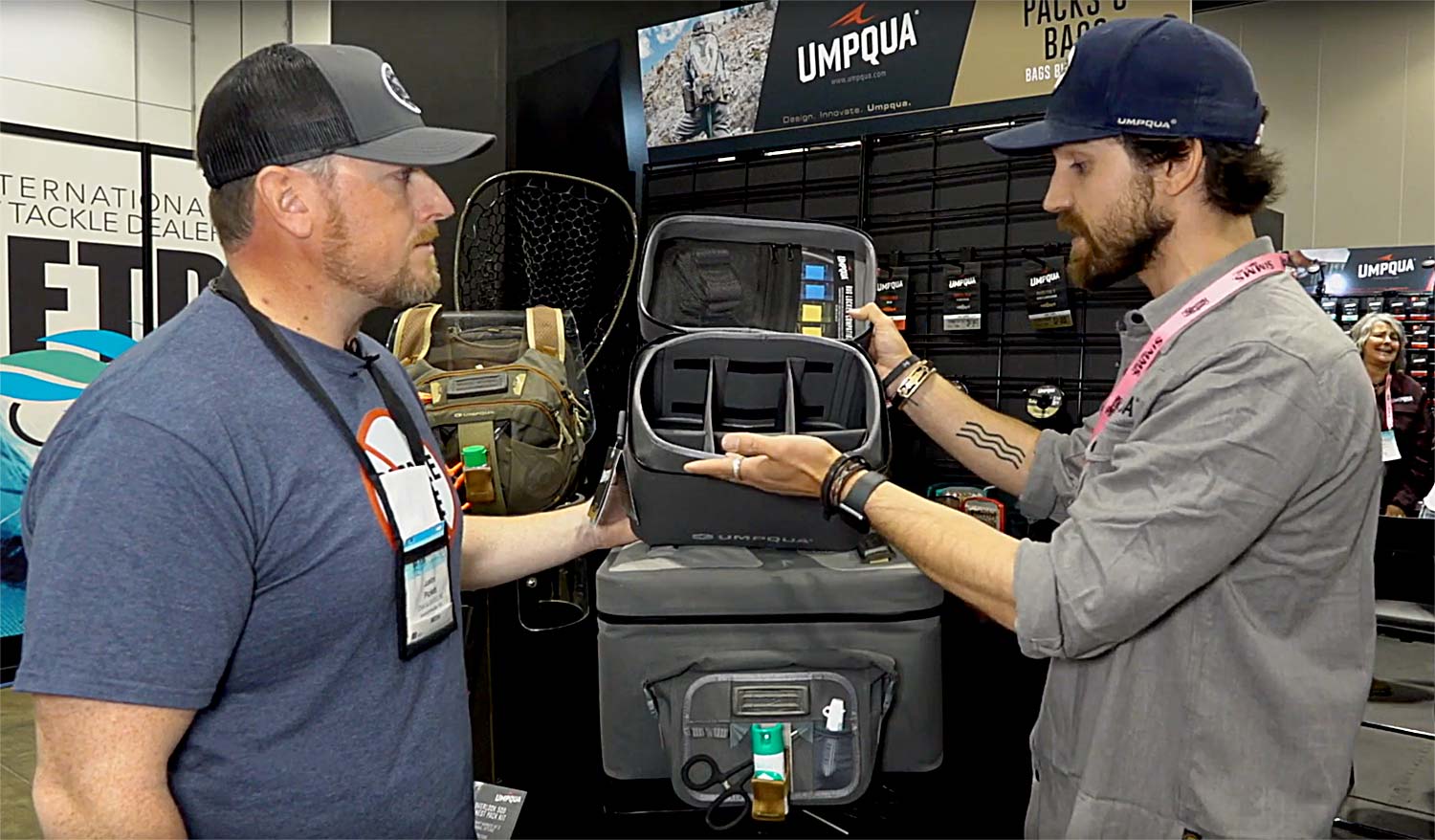
The new Umpqua ZS-2 line of fly-fishing packs includes waterproof boat bags.
The Zero Sweep packs are filled with sweet features and focus on a smooth exterior that doesn’t catch fly line. The ZS-2 packs are awesome updates but the new Boat Bags are really exciting. These bags are well thought out and have every feature a professional guide is looking for.
GET ALL THE DETAILS ON THE NEW ZS-2 PACKS AND BAGS FROM UMPQUA!
Read More »If You’re Not Looking For Trout, You’re Missing Out
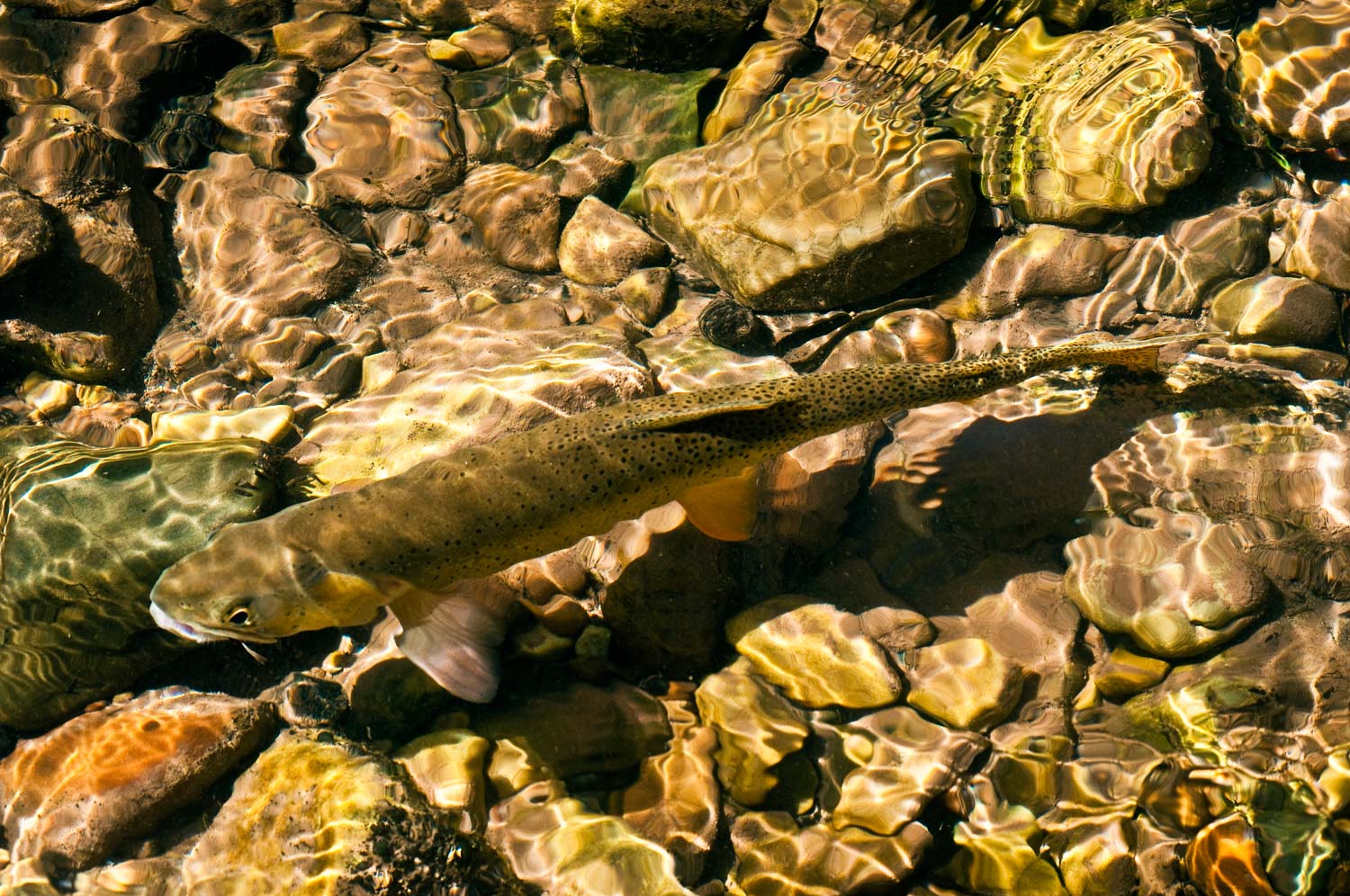
One of the things I always stress to my clients is the importance of always keeping an eye out for trout on the water.
The first thing I do when I walk up to a prime piece of trout water, is take a minute or two to scan the water for dark shapes, shadows and subtle movements. I do it before I wet my fly or even my boots for that matter, because I know, if I can spot a trout, I’ll immediately double my chances at getting my rod bent. I also look for trout when I’m wading from one spot to the next. This is where many anglers mess up and get distracted by all the great looking water upstream of them, and then end up missing opportunities to spot and catch trout in transit. I used to spook a ton of trout myself moving from one fishing spot to the next. It still happens but not nearly as much because these days, when I’m on the move, I’m not in a hurry and I take plenty of time to look for trout as I wade.
You have to look for trout to spot them. They don’t shout, “hey, I’m over here”, or wave a white flag at you.
Read More »Bonefishing, Be Quiet on the Bow: Video
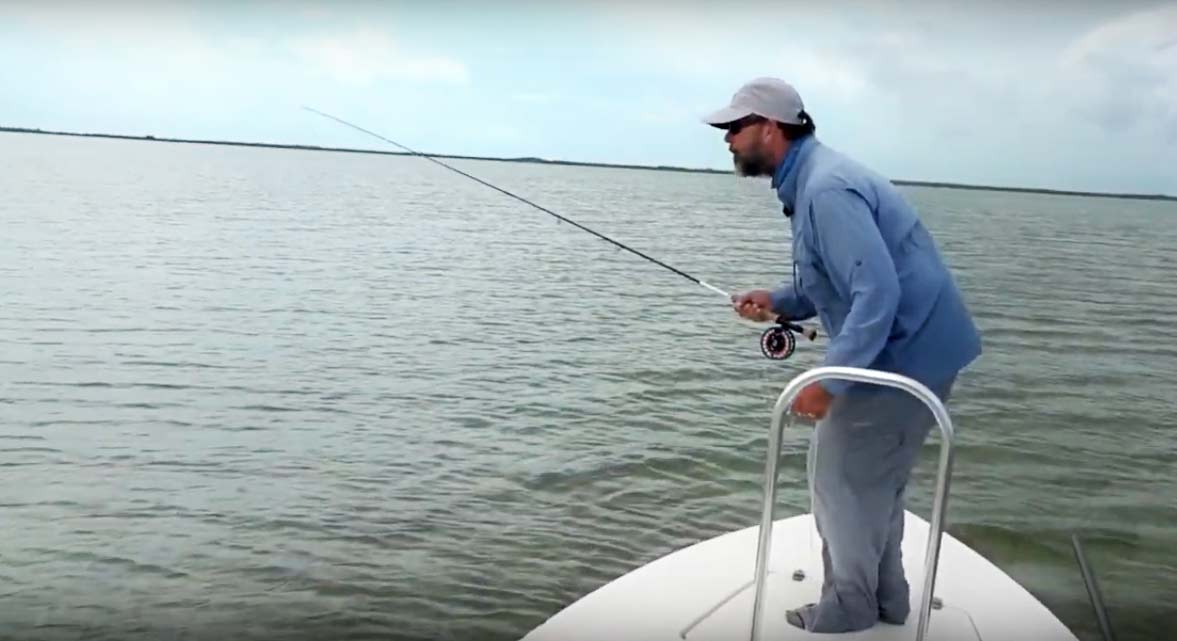
by Louis Cahill
Stealth may be the most important element in bonefishing.
Bonefish have amazing hearing. Their lateral line is incredibly sensitive to any vibration or displacement of water. An angler who makes noise on the bow, or rocks the boat, isn’t going to get many good shots.
I always fish in socks to insure my feet are quiet on the bow. Still there are other precautions you have to take. How you move around is as important as your footwear.
IN THIS VIDEO I SHOW YOU A FEW TIPS ON HOW TO STAY QUIET ON THE BOW WHEN BONEFISHING.
Read More »Hyperfocal Focus
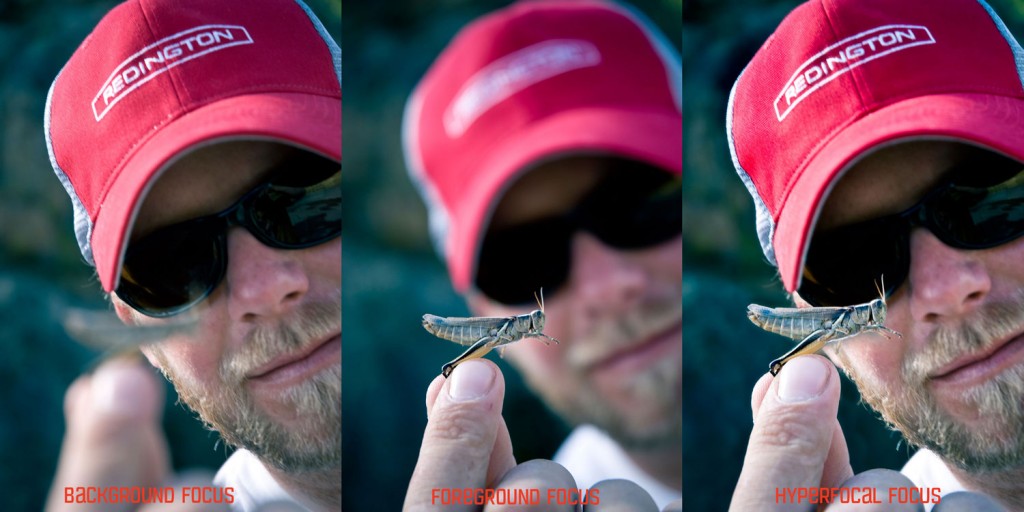
Sometimes to get it all in focus, it has to all be out of focus.
Shooting photos you often find yourself wanting an object in the foreground and an object in the background both in focus. This can be a frustrating situation. Inevitably, focusing on either the foreground or the background leaves the other out of focus. There is a way to make it happen but it requires putting on your thinking cap.
It’s called hyperfocal focus and yes there’s going to be math, sort of. You may have noticed that on the barrel of your DSLR lens there is a scale that shows how far from the camera your point of focus falls. That tool is handier than you might think. Here’s how you use it to get the shot.
First focus on the foreground object that you want sharp. At this point it doesn’t matter whether you use auto of manual focus. Take a look at the scale. Let’s say your foreground focus is at three feet. Now focus on the background object that you want sharp. Let’s say it’s at nine feet. We now know we need to carry six feet of focus.
That six feet of sharpness is called depth of field or DOF. Literally the depth of our field of focus. We control the DOF with our aperture. Smaller apertures like F16 or F22 carry a wider DOF. Larger apertures like F2.8 or F4 have narrow DOF. If you’re confused don’t panic. Stay with me. The higher the F# the smaller the aperture. It’s a mathematic formula and I could explain it but it’s not important for this exercise and it’s frankly too much information.
So what we need is an F# that will carry six feet of DOF. Now it’s time to set your camera to manual focus! if you spent a whole lot of money on your lens it may have a scale that shows you the DOF for each F#. If so, that’s great. Choose an F# and set your focus so that three feet and nine feet fall between the brackets. If you don’t have the scale, don’t panic, just set your lens for the highest F#. If you want to get really technical, consult this nifty DOF calculator.
OK, I promised math so here it is. The thing about DOF is it’s a geometric progression. That means that as you increase your DOF by stopping down your aperture, you get twice
Read More »New Sightline Provisions Dog Collars and More: Video
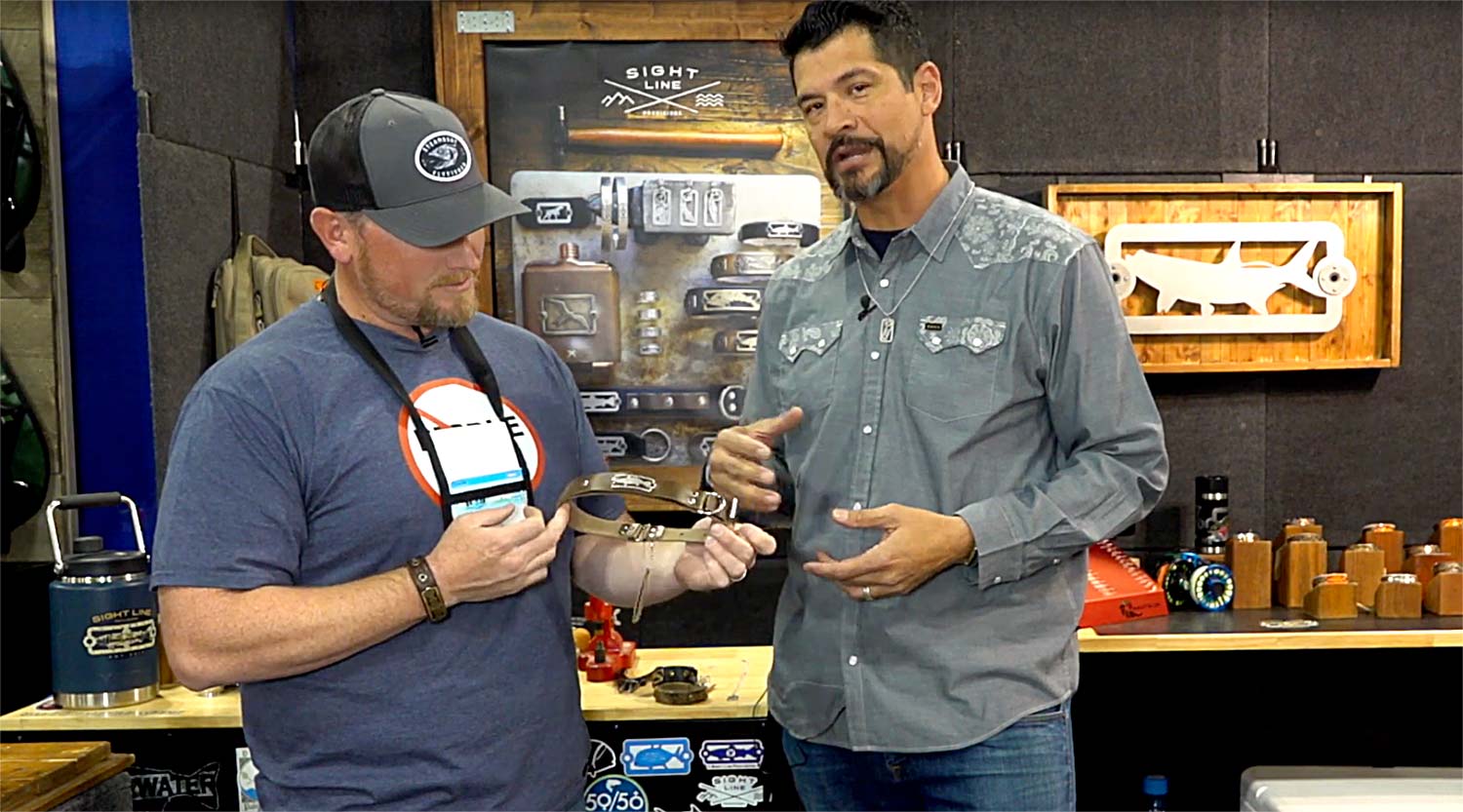
I’m pretty excited about the new Sightline Provisions Dog Collars!
My Josie was an early adopter. Her SLP color sported a permit badge. Permit is her nickname because no one can catch her. It’s the coolest dog collar I’ve ever seen. Dogs aren’t the only ones getting cool new stuff though. There are pendants, rings and cool new designs.
WATCH THE VIDEO TO SEE ALL THE COOL NEW FLY-FISHING ACCESSORIES FROM SIGHTLINE PROVISIONS.
Read More »Choosing a line for your switch rod Part 2: Choosing a line
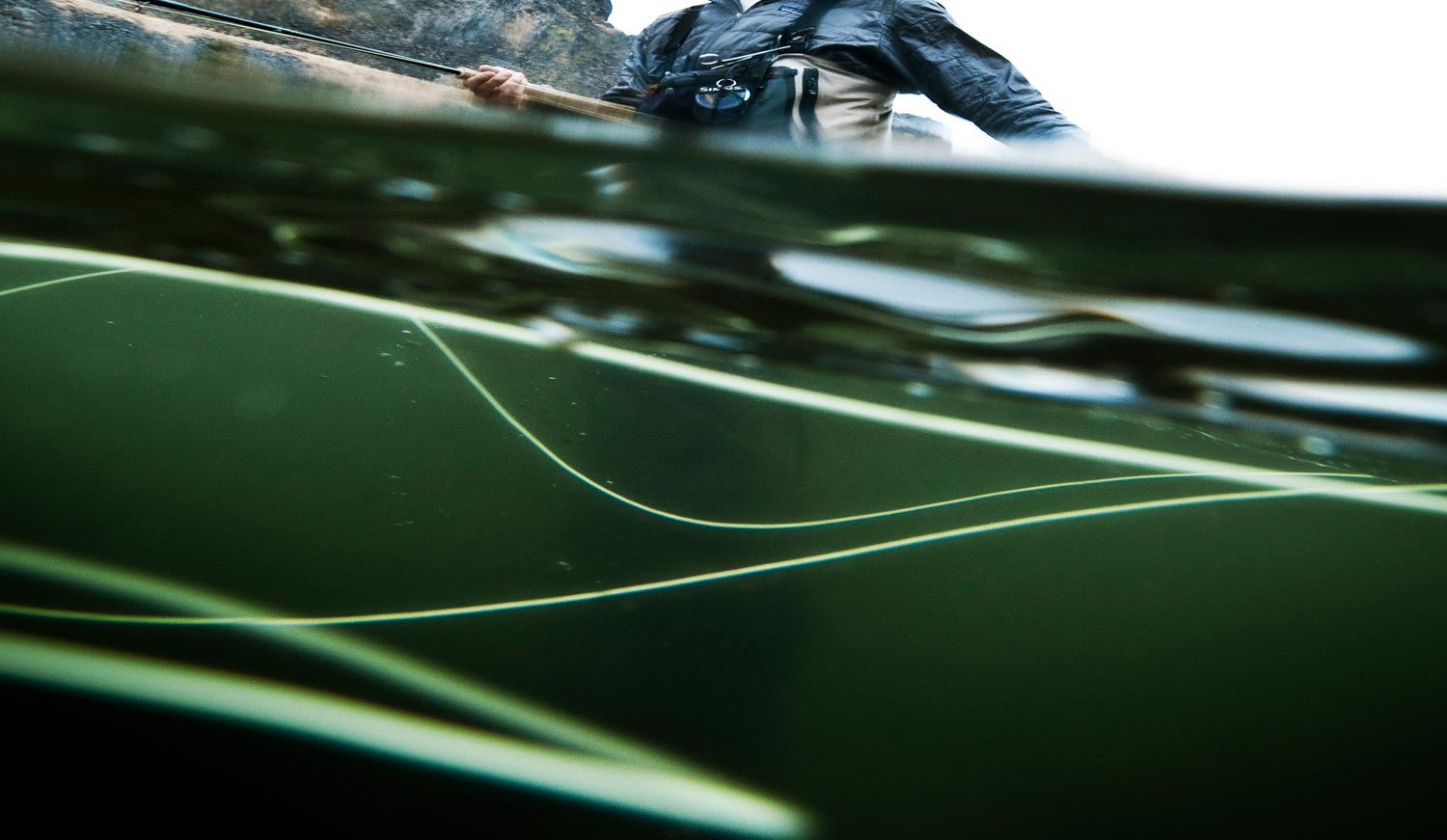
Before we talk about specific lines and how they fish, let’s take a minute to understand the switch rod. If you have not read “Part 1: Understanding lines and line tapers” you can find it HERE. I think you will find the information helpful. The switch rod is a product of evolution. A decade ago the average length of a two- handed rod was 14 feet and the average line weight was 9. As two-handed casting has become more popular and its application more varied, the average two-hander has become shorter and lighter. The modern two-hand rods are less fatiguing, beautifully balanced and more versatile, allowing Spey-style casting in tighter casting situations. The switch rod adds to this adaptation the option of single-hand casting and high sticking. Things that couldn’t be accomplished with longer heavier rods. This makes the switch rod the most versatile rod ever made and the most confusing. It is a rare angler who uses their switch rod in every application it can handle. A switch rod is really a short, light weight Spey rod. Although it will accommodate overhand casting, even with traditional lines, its taper is designed for two-handed Spey casting. Therefore, in most applications, it will perform its best with a line designed for two-handed casting. When matched with the right line switch rods are not only versatile but incredibly effective. A lot of switch rods spend their lives in the closet because they got matched with the wrong line. Often, folks coming from a single-hand casting background will set their switch rod up with a traditional line for single-hand overhead casting and find that it performs poorly. This is because the rod is under lined and it’s an easy mistake to make. Switch rod and Spey rod weights are rated on the AFTTA … Continue reading
Read More »